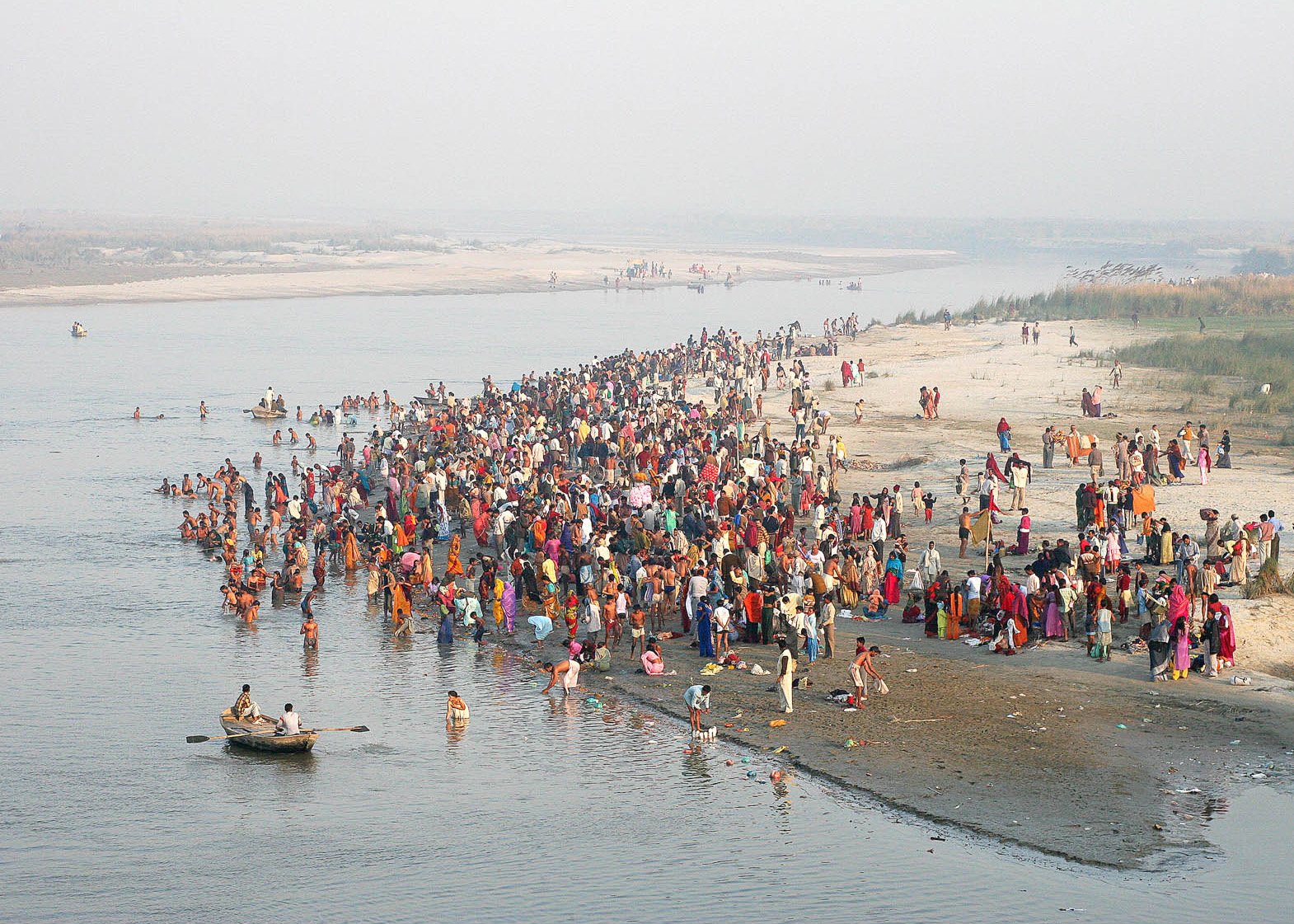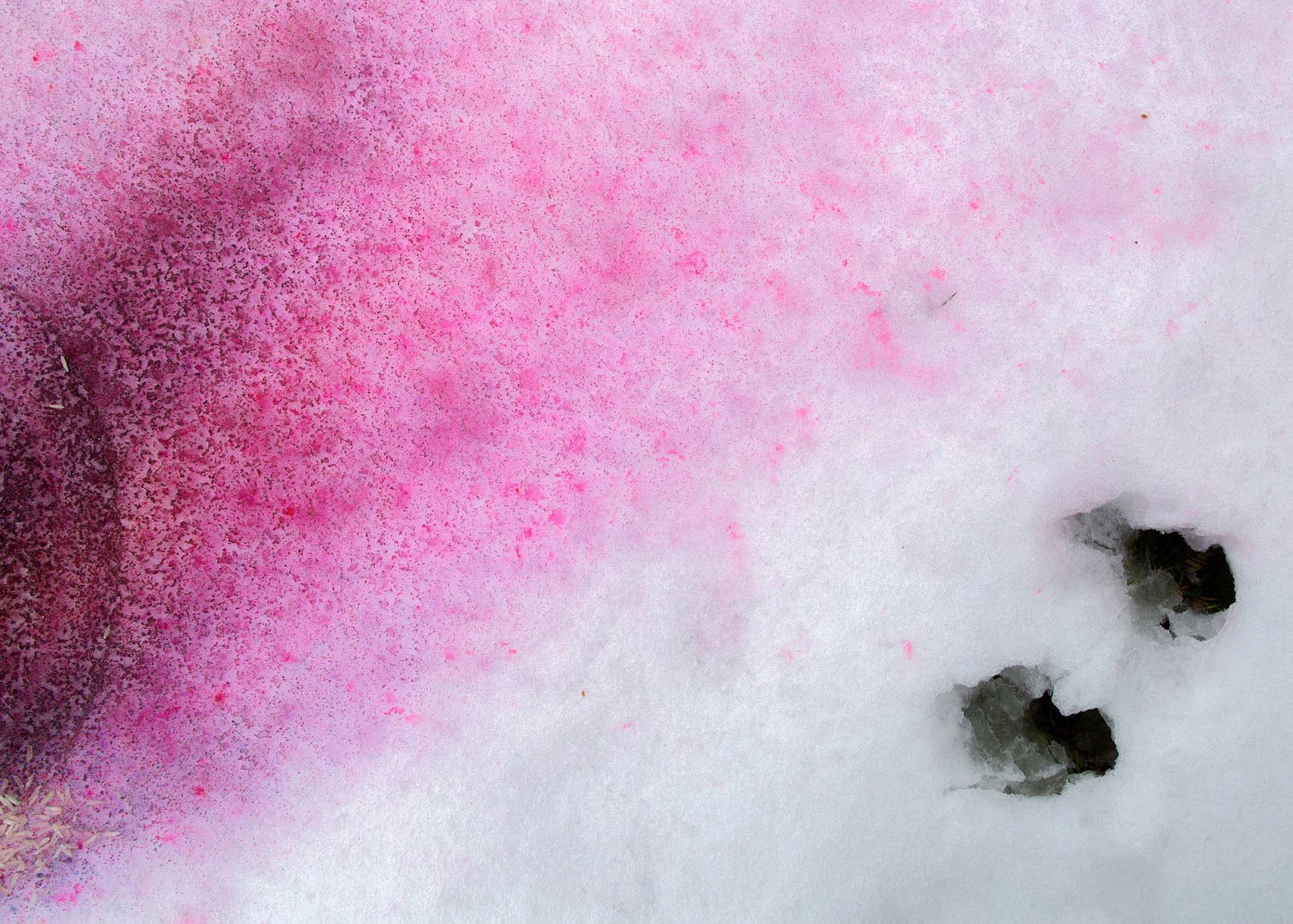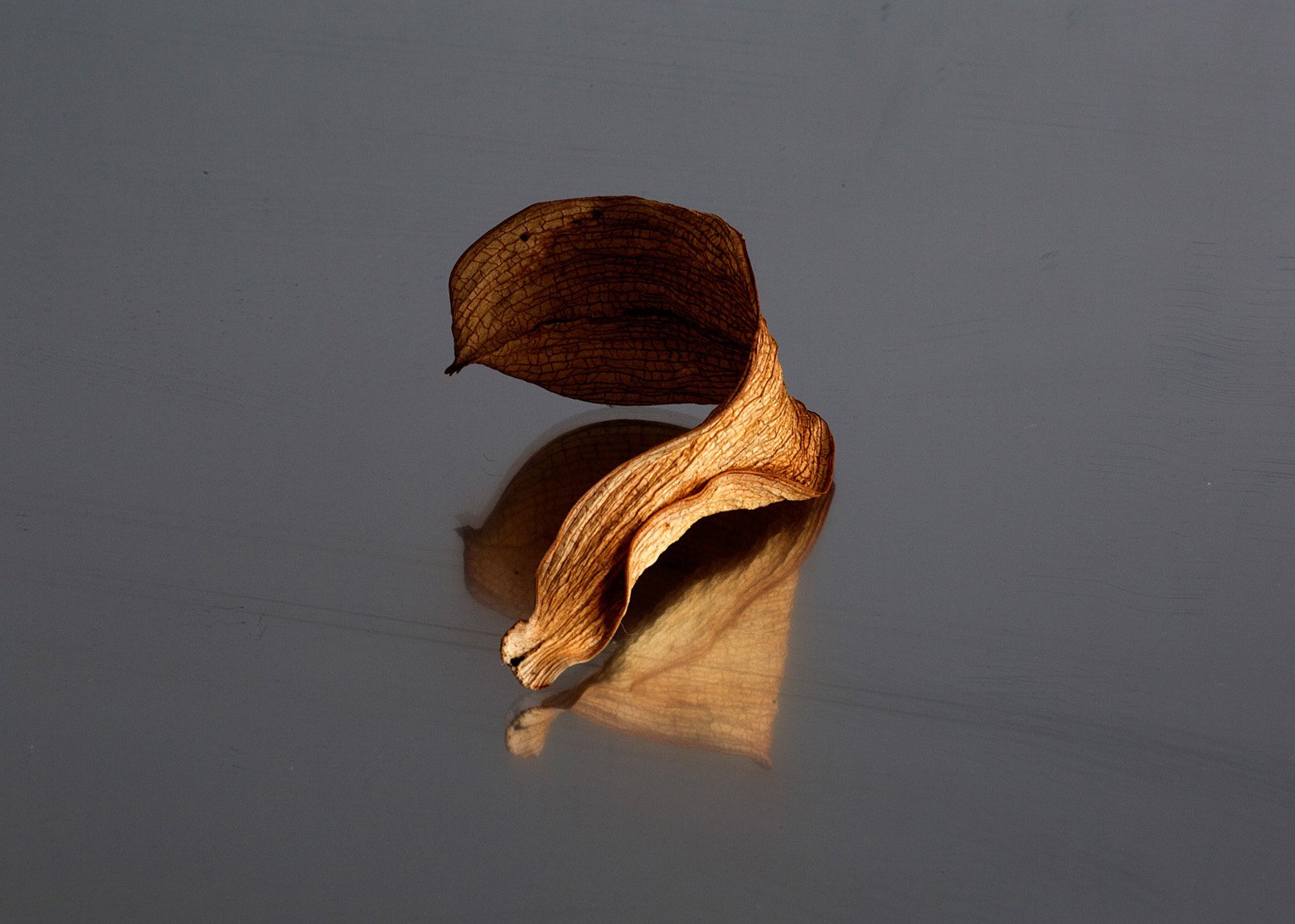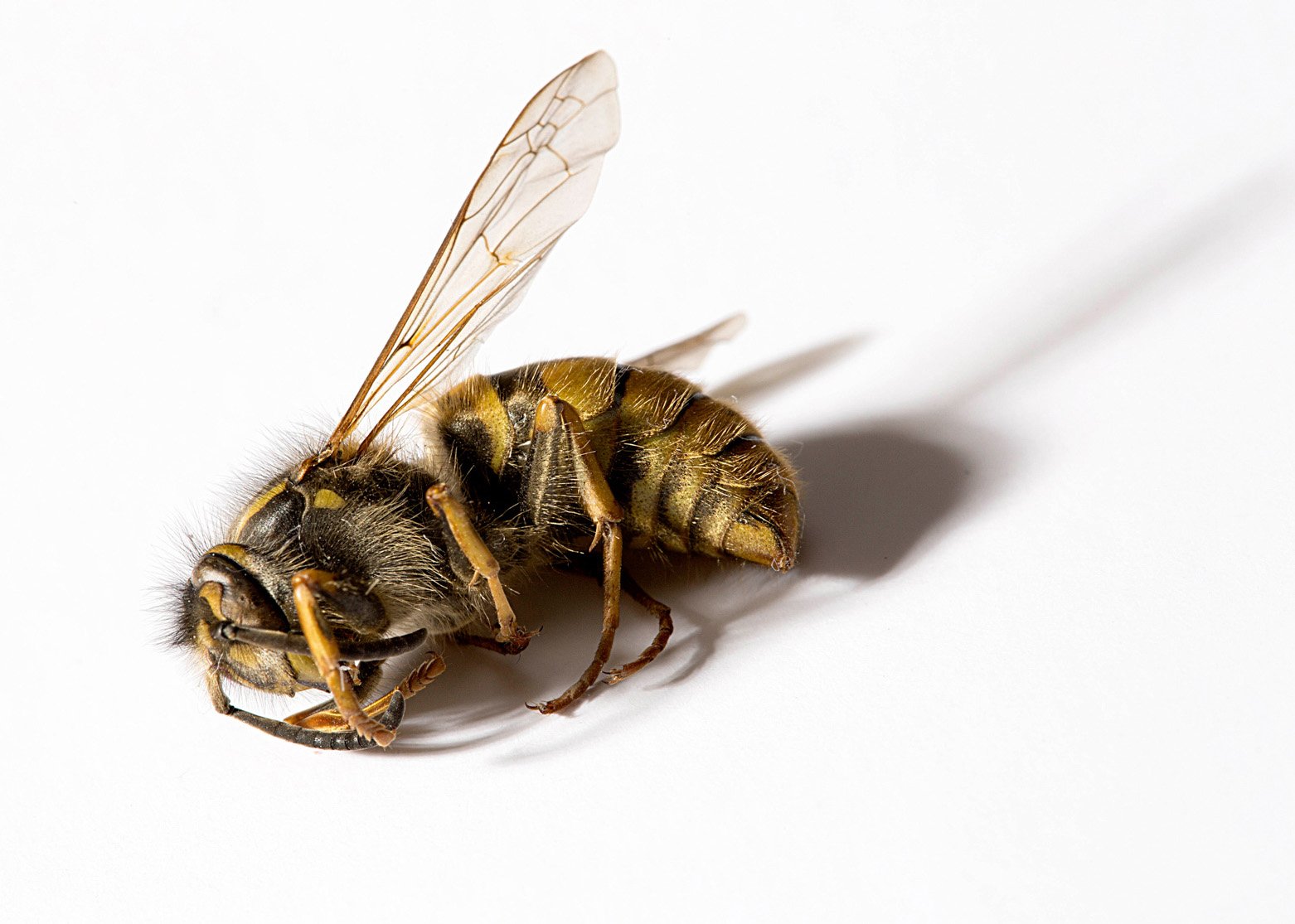Transience
Transience is about the ebb and flow of the epic human journey from conception, through death and beyond into the vastness of the unknown.
This work engages by the juxtaposition of ideas and seemingly unrelated images, sequenced to create a narrative that poses questions about nature, our capabilities, vulnerabilities and temporal existence. It is shaped by ideas and art contexts within which it sits and evokes responses from puzzlement and awe to a realisation of the fragility, brevity and insignificance of life.
Transience evolved from an earlier 2017 work, Self and Space which focused on aspects of big natural phenomena such as time, entropy, gravity and space. However, the central idea needed better definition and clarity and a more compelling narrative. A different process, involving several sessions of free writing and brainstorming was used to develop the concept for Transience. Here the conceptual framework provides underpinning from which new images were created and archival images adapted for the new narrative. Consequently images in Transience take us along a loosely organised journey. The process involved sifting through hundreds of images and clustering them into groups of thought each of which triggered particular emotions and feelings. These ‘groupings’ were later tagged as depicting particular ideas and were used to create new narratives.
The creation of a compelling visual narrative involved reviewing the work of contemporary photographers, critical literature, on photo-book image sequencing and numerous sessions with experienced photographers on editing and sequencing. Experimentation with light, perspectives and subject matter was important in making the images. A selection of five images was exhibited at my MA degree show in June 2018[1]. The ‘constellation’ arrangement for the gallery wall was mathematically derived following experimentation in which dispersion by gravity was also considered but rejected.
Transience sits within a philosophical context shaped by the thoughts of twentieth century thinkers such as Friedrich Nietzsche and Sigmund Freud, and photographers such as Wolfgang Tillmans and Paul Graham.
The work resonates with ideas embodied in their works but also with abstract expressionist artists such as Barnett Newman and Theo Van Doesburg. In Transience is allegorical. Individual images are not to be taken at face value. Nicholas Baum, commenting on the work of Anish Kapoor, states that: ‘His work has always been about what is not seen, what is implied, or what is seen and yet contradicted by our everyday knowledge of the world.’[2] Many of the images are juxtaposed to operate in subliminal ways and the meaning becomes multi-layered and more than what is seen at first sight. The open palm of a human hand, for example, can be read as fate, foretelling, or simply a gesture to move. One might also ask why is it pointing backwards and does the ritualised human activity on a river bank signify a collective expression and what is this?
The image of the wasp could possibly be a portent of death or simply an expression of materiality. Materiality runs through the works of Wolfgang Tillmans. Mark Godfrey has commented that the idea of materiality is palpable in his works, but: ‘Crucially it is always connected to both to a sense of
vulnerability and to a radical and optimistic idea of openness.’[3] Rinko Kawauchi’s collection of images in her 2011 book Illuminance alludes to ideas of death, fragility and immanence. In Transience the image of the dead wasp is a reference to materiality but also leads to the idea of cosmos and adventure.
There are several horizons in the work. Horizons can allude to aspiration and/or separation. This line across our vision divides the earthly from the celestial, humans from gods. It is a barrier that can quash or liberate if overcome. Turned around 90°, the horizon line is used as a separating motif in the monumental canvasses of Barnett Newman. Theo Van Doesburg’s Arithmetic Composition is said to have epitomised the expression of space-time.[4] Van Doesburg uses mathematical ideas of structure and logic that resonate with the image of the building blocks and cosmos in Transience. There is more to the building block image than what is seen at first sight; it is fundamentally about logic and structure.
Transience is embedded in ideas about nature and existence and contributes to debates about how this vast subject is explored through allegorical imagery and visual narratives in contemporary photographic art. It conveys a sense of awe about our smallness and the magnitude of the infinite through a rich absorption of images and letting the mind wander.
Arun Misra
Notes
1 Five images from the work were shown at the Probable Lies exhibition at the Ambika P3 Gallery in June 2018 and the London Gallery West 2018 Graduate Showcase (July –October 2018). Critics who saw this arrangement at the two exhibitions commented that the work invokes ideas of aspiration, scale and insignificance, creation and death, and mystery.
2 Nicholas Baum, Anish Kapoor: Past, Present, Future, p17, Institute of Contemporary Art, Boston, 2008.
3 Mark Godfrey, Wolfgang Tillmans: 2017,p16, Tate Modern, London, 2017
4 Gladys Fabre has argued that Arithmetic Composition is more complex than merely showing a mathematical arrangement and that the painting unites two simultaneous progressions, one running in the background and the other in the foreground, with four overlapping sequences in mathematical ratios of 3, 6, 12 and 14. Van Doesburg and the International Avant-Garde: Constructing a New World, P64, Tate Modern, London, 2009.



